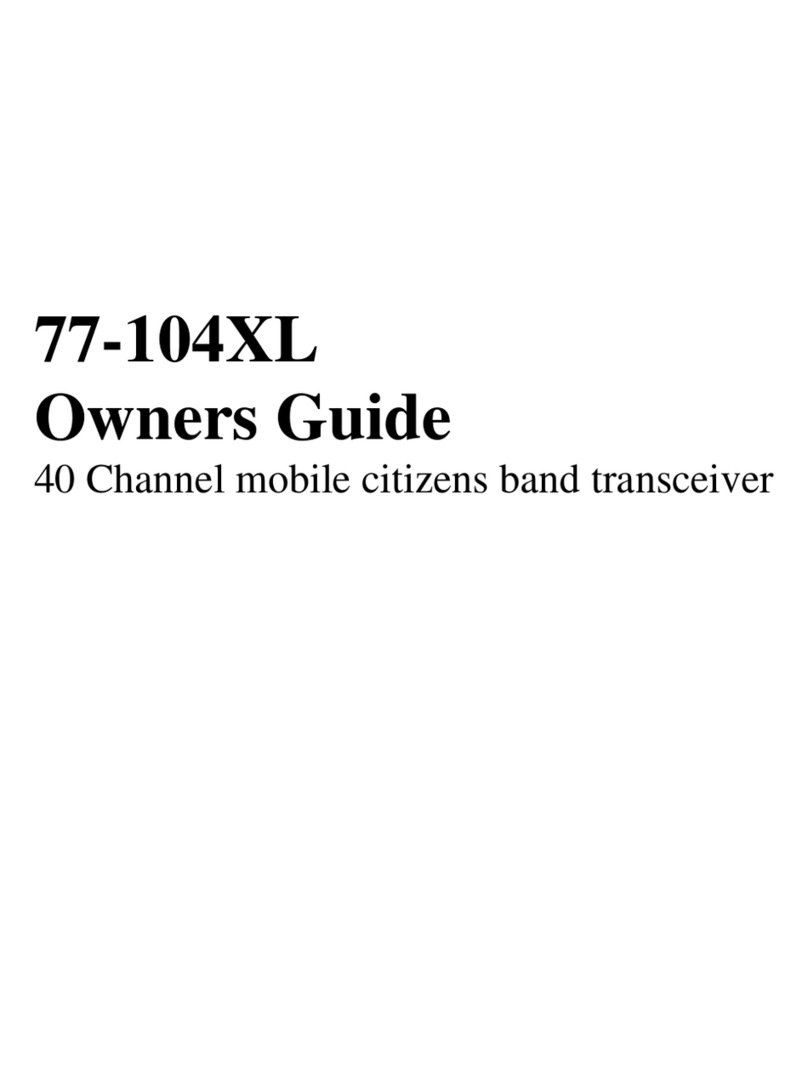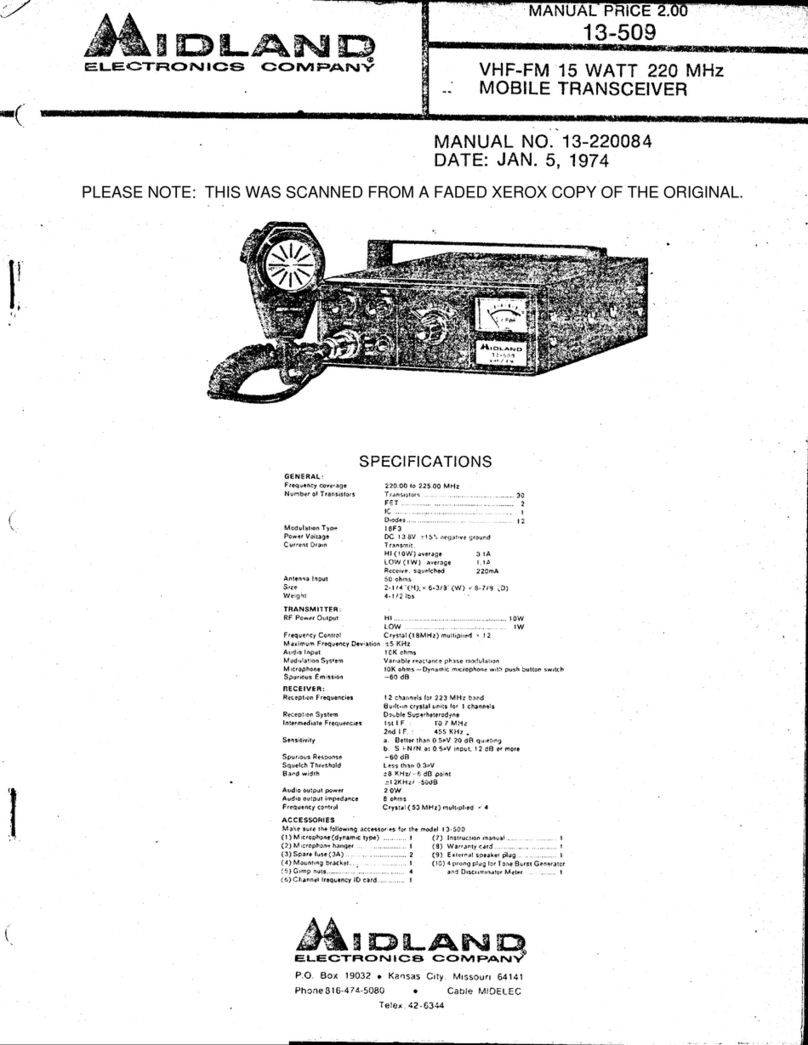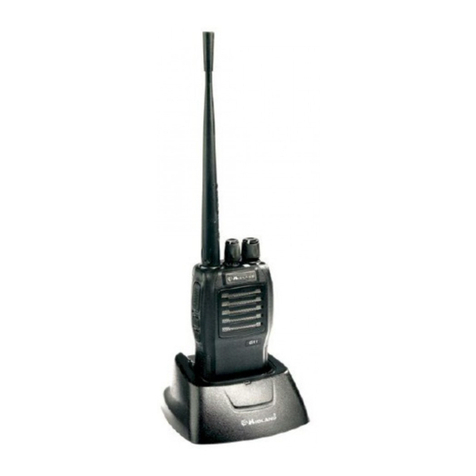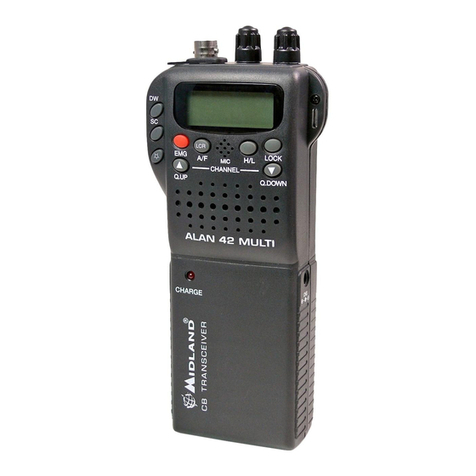Midland CT 710 User manual
Other Midland Transceiver manuals

Midland
Midland G13 Manual
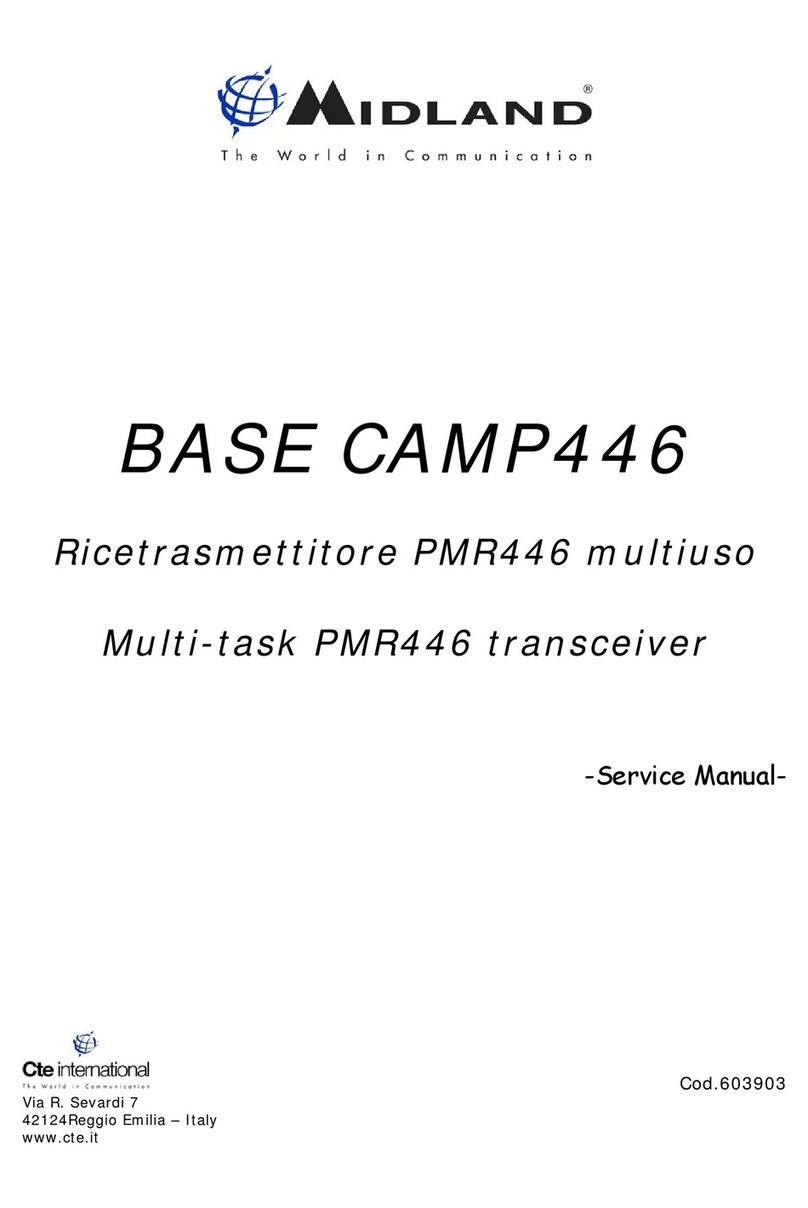
Midland
Midland BASE CAMP446 User manual
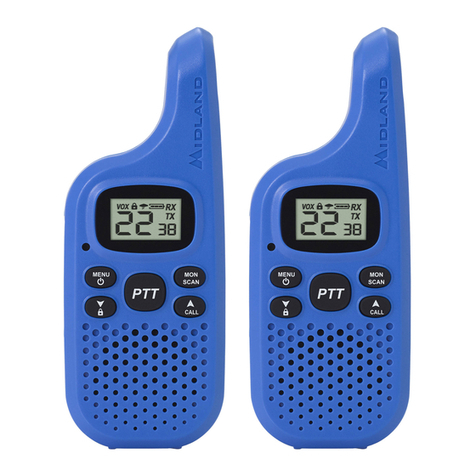
Midland
Midland T20 User manual

Midland
Midland CT 510 User manual
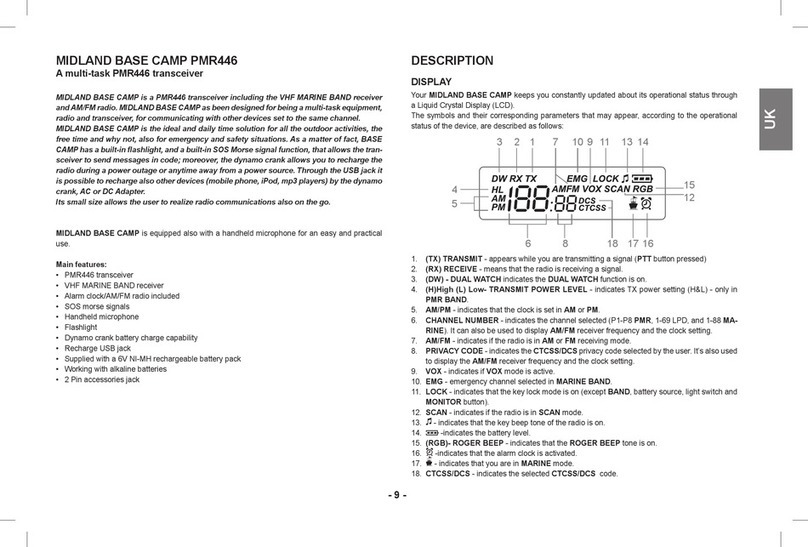
Midland
Midland BASE CAMP User manual
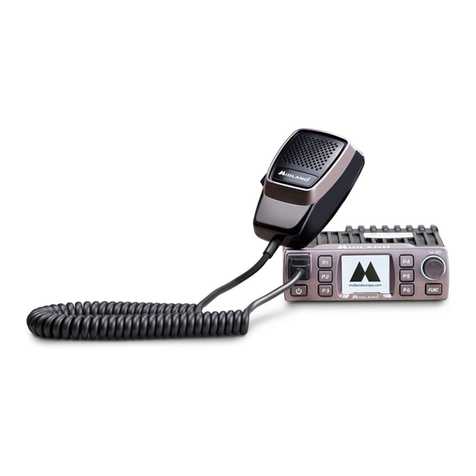
Midland
Midland M-30 Manual

Midland
Midland 13-510 User manual
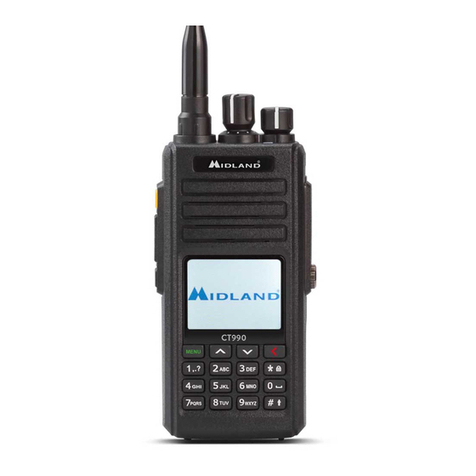
Midland
Midland CT990 Manual
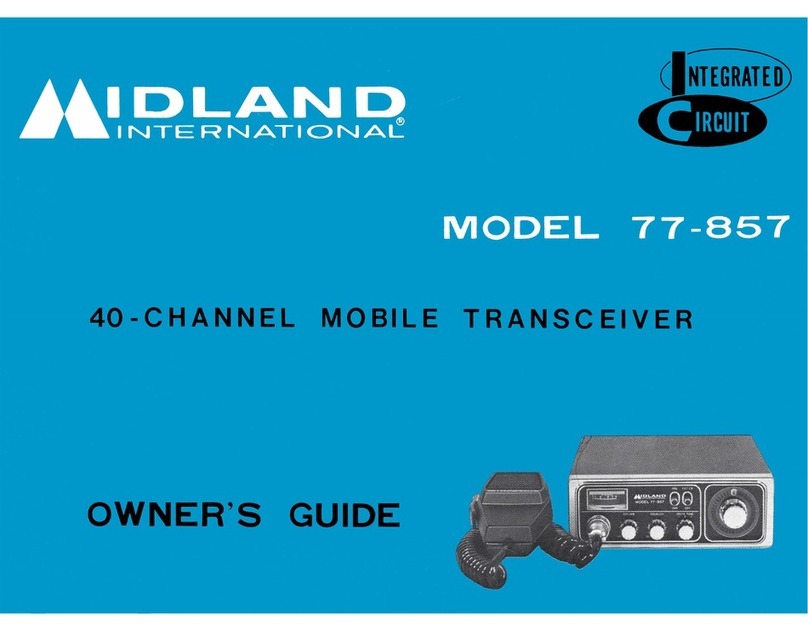
Midland
Midland 77-857 User manual
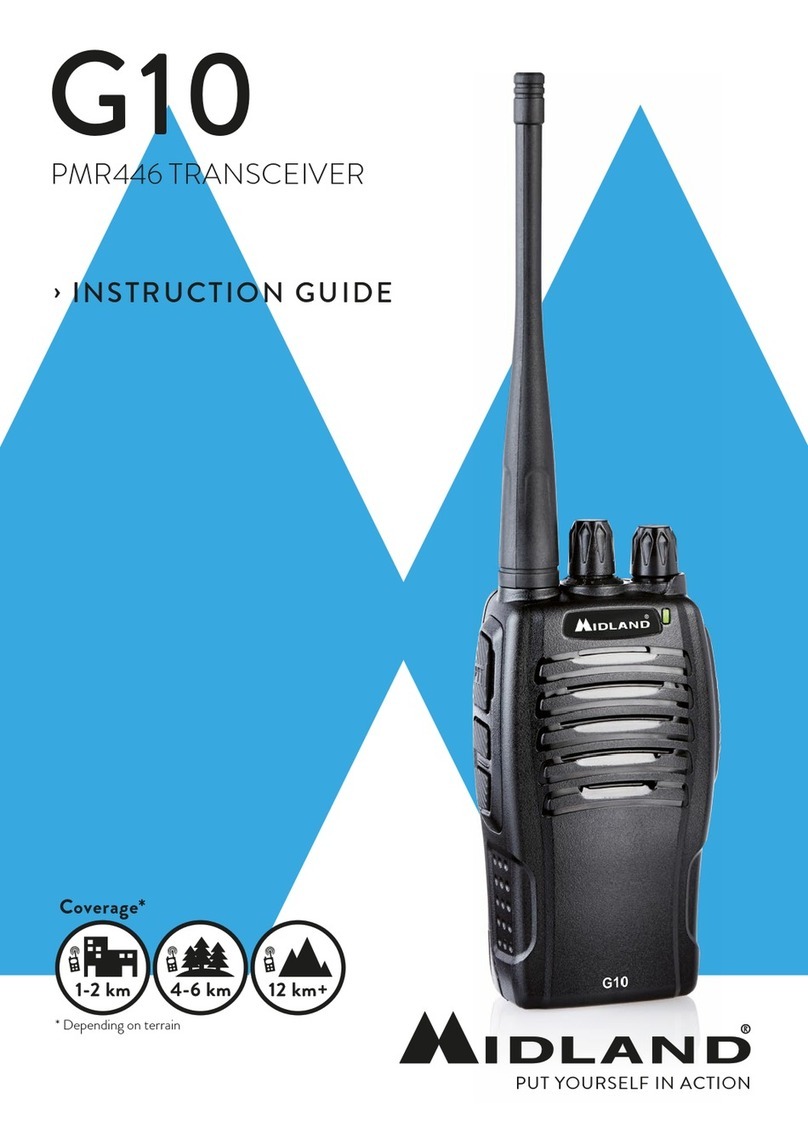
Midland
Midland G10 Manual
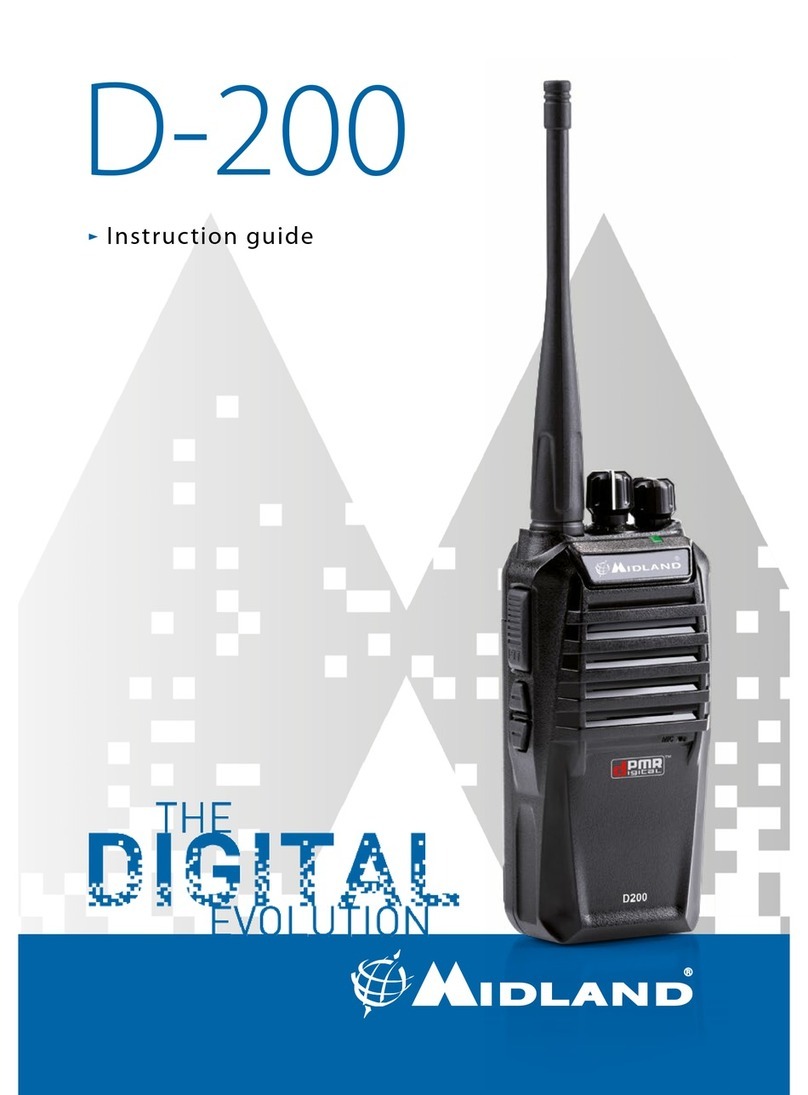
Midland
Midland D-200 User manual

Midland
Midland ALAN 199 User manual
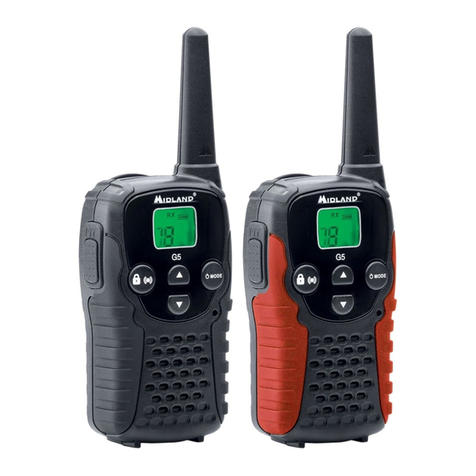
Midland
Midland G5 C User manual
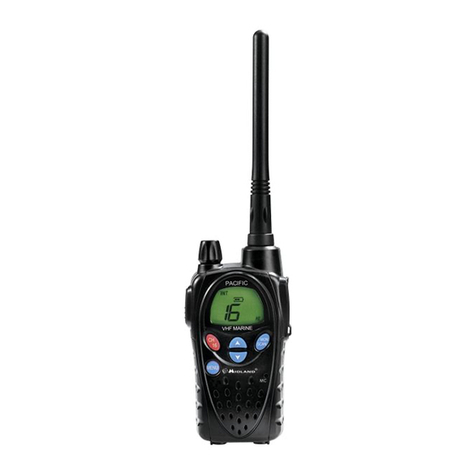
Midland
Midland PACIFIC User manual
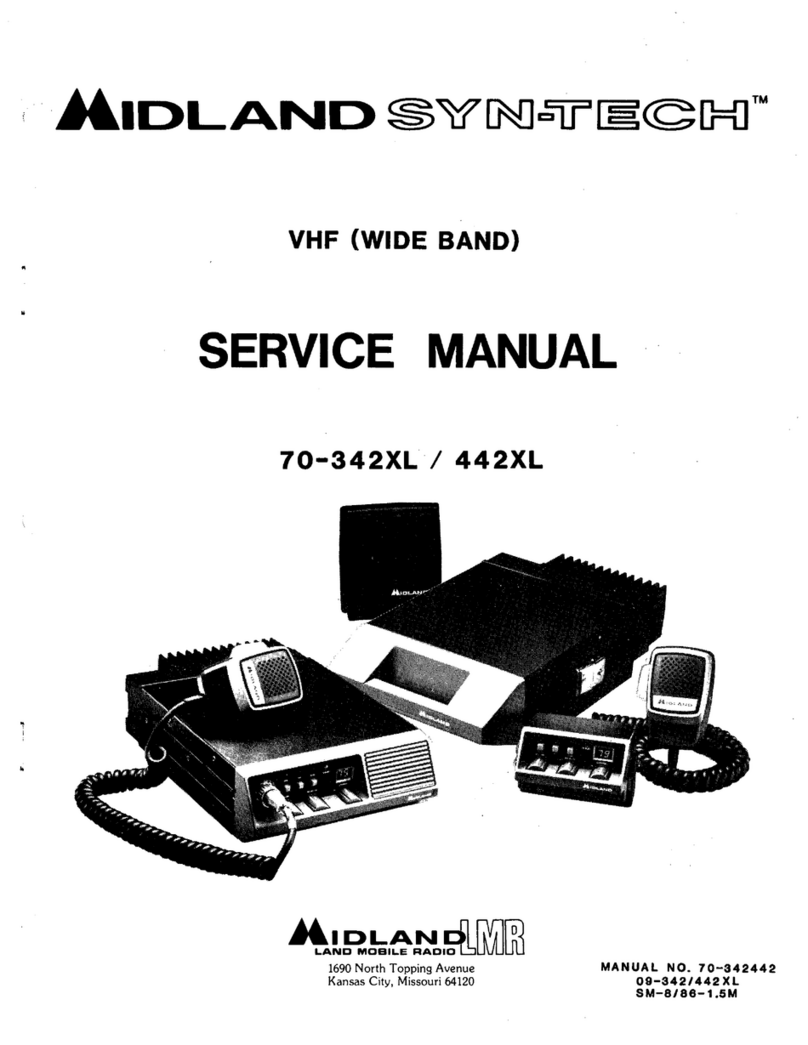
Midland
Midland Syn-Tech 70-342XL User manual
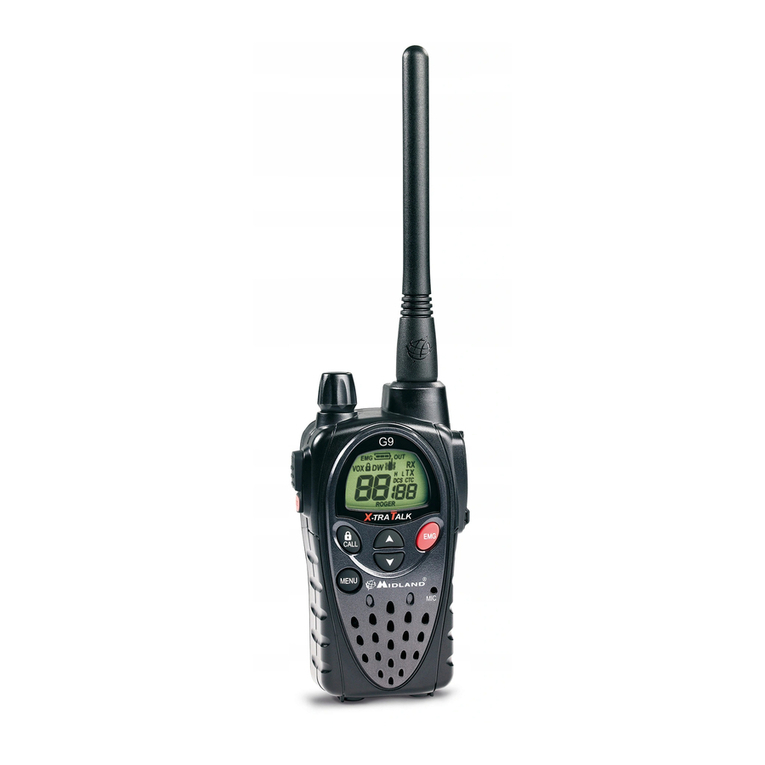
Midland
Midland G9 User manual
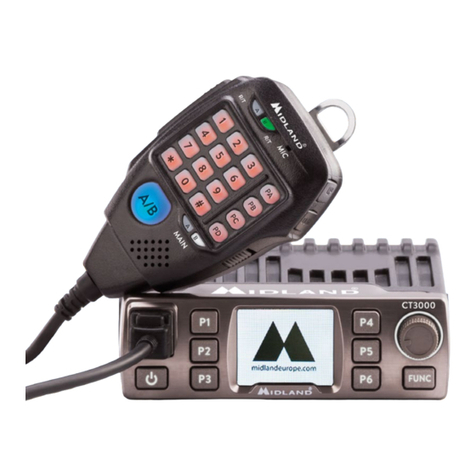
Midland
Midland CT3000 Manual
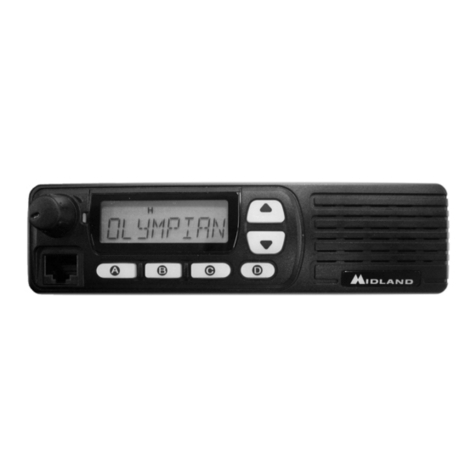
Midland
Midland Olympian MO-1008 User manual

Midland
Midland GB1 User manual
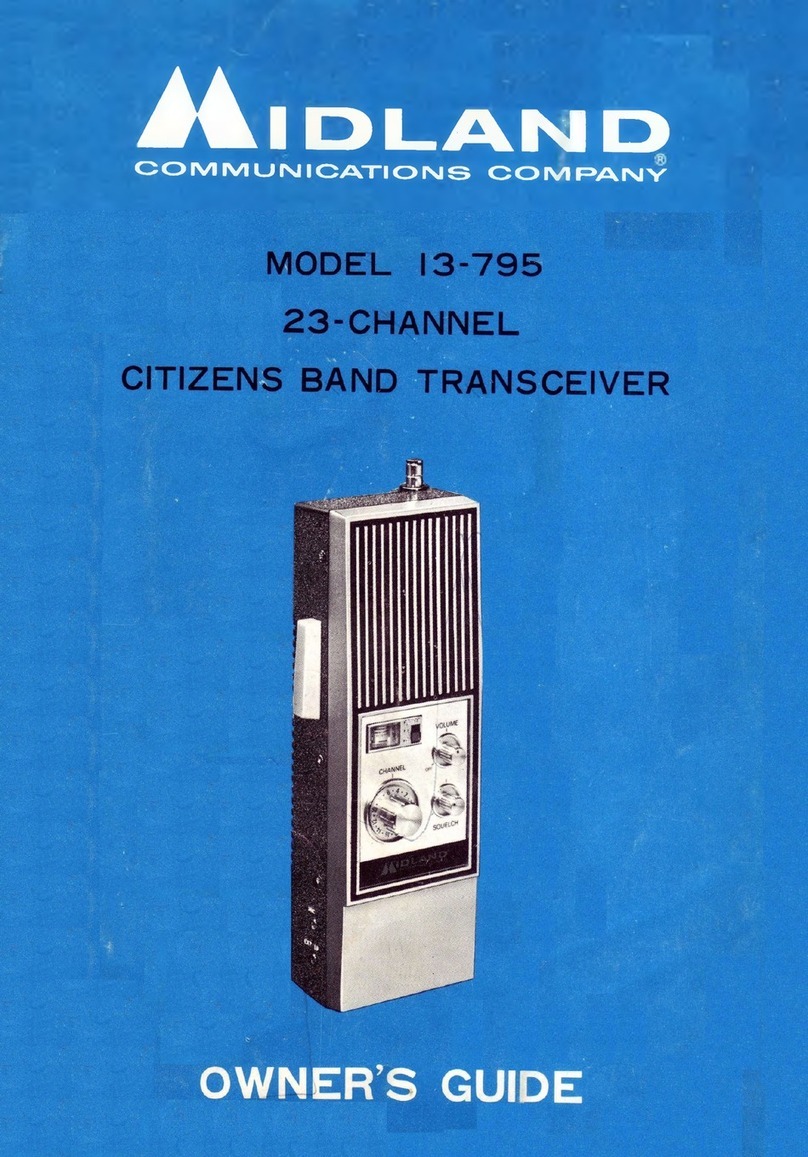
Midland
Midland I3-795 User manual
